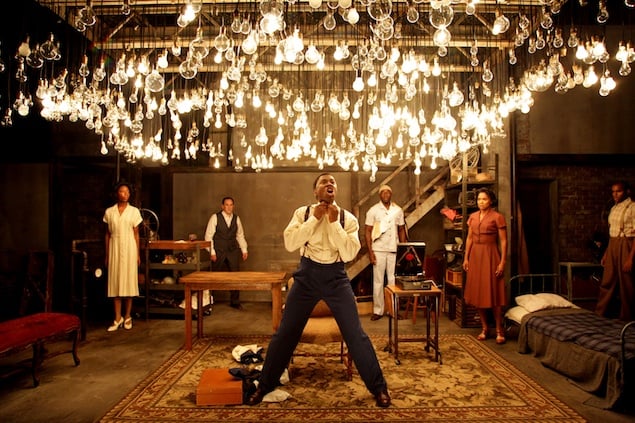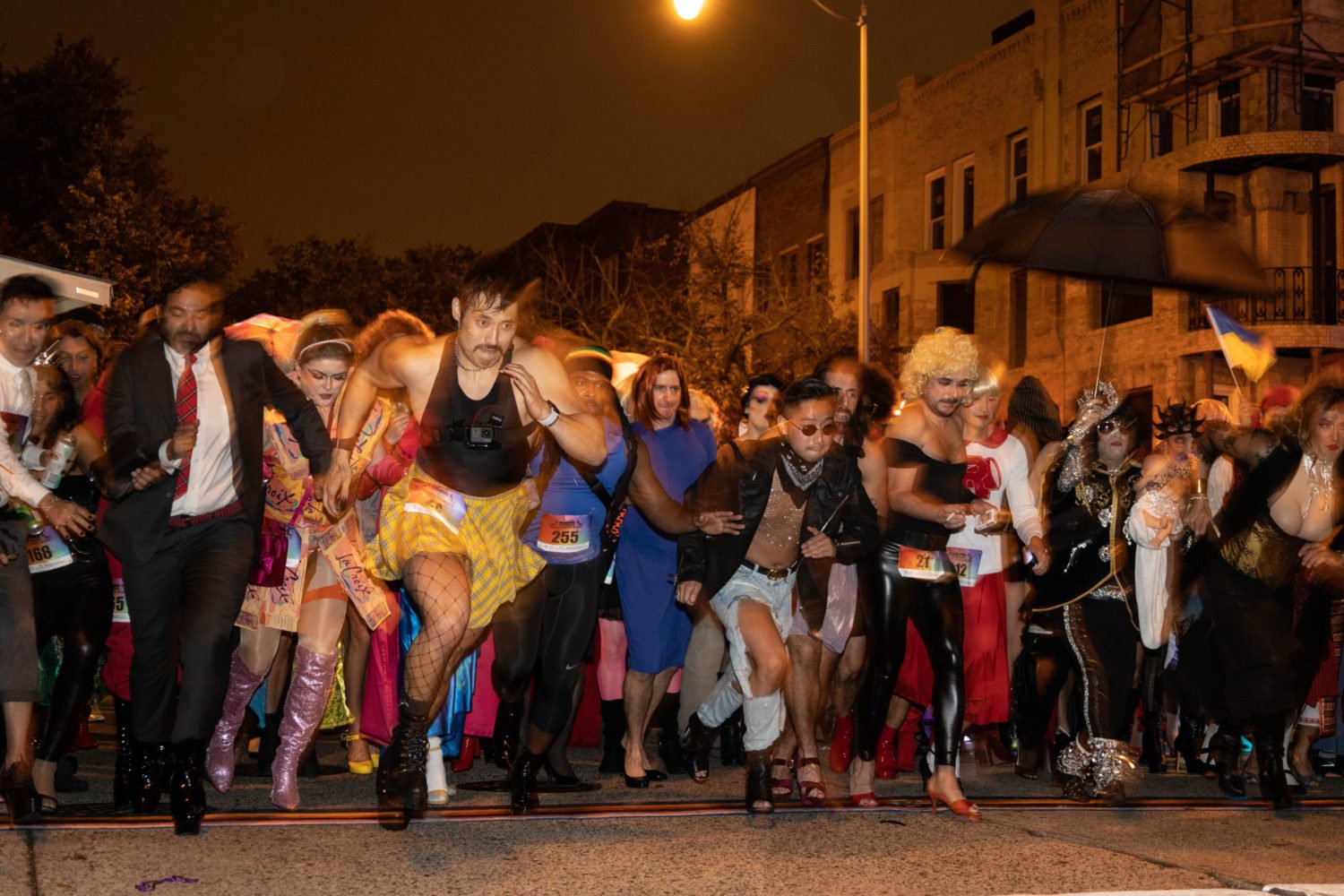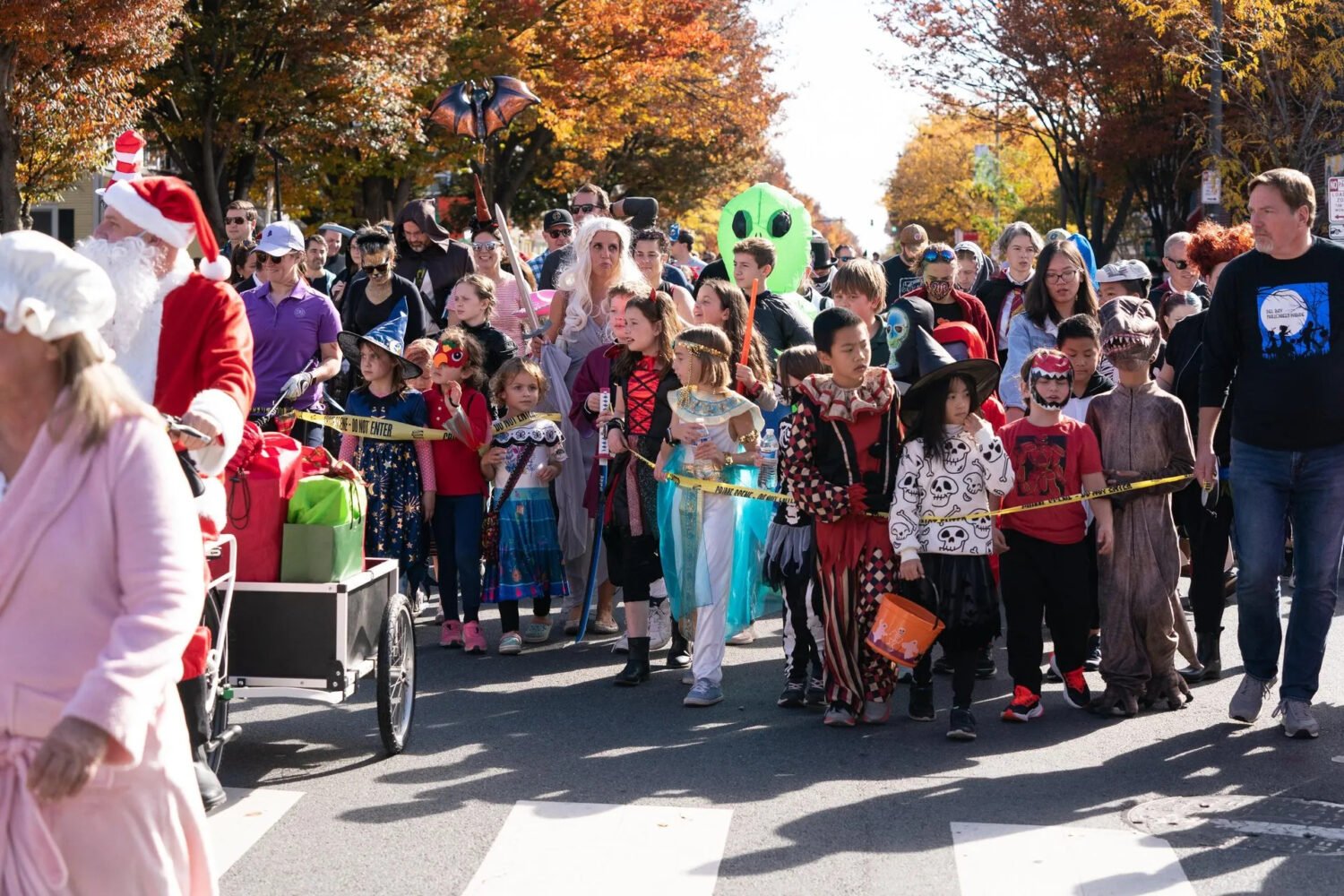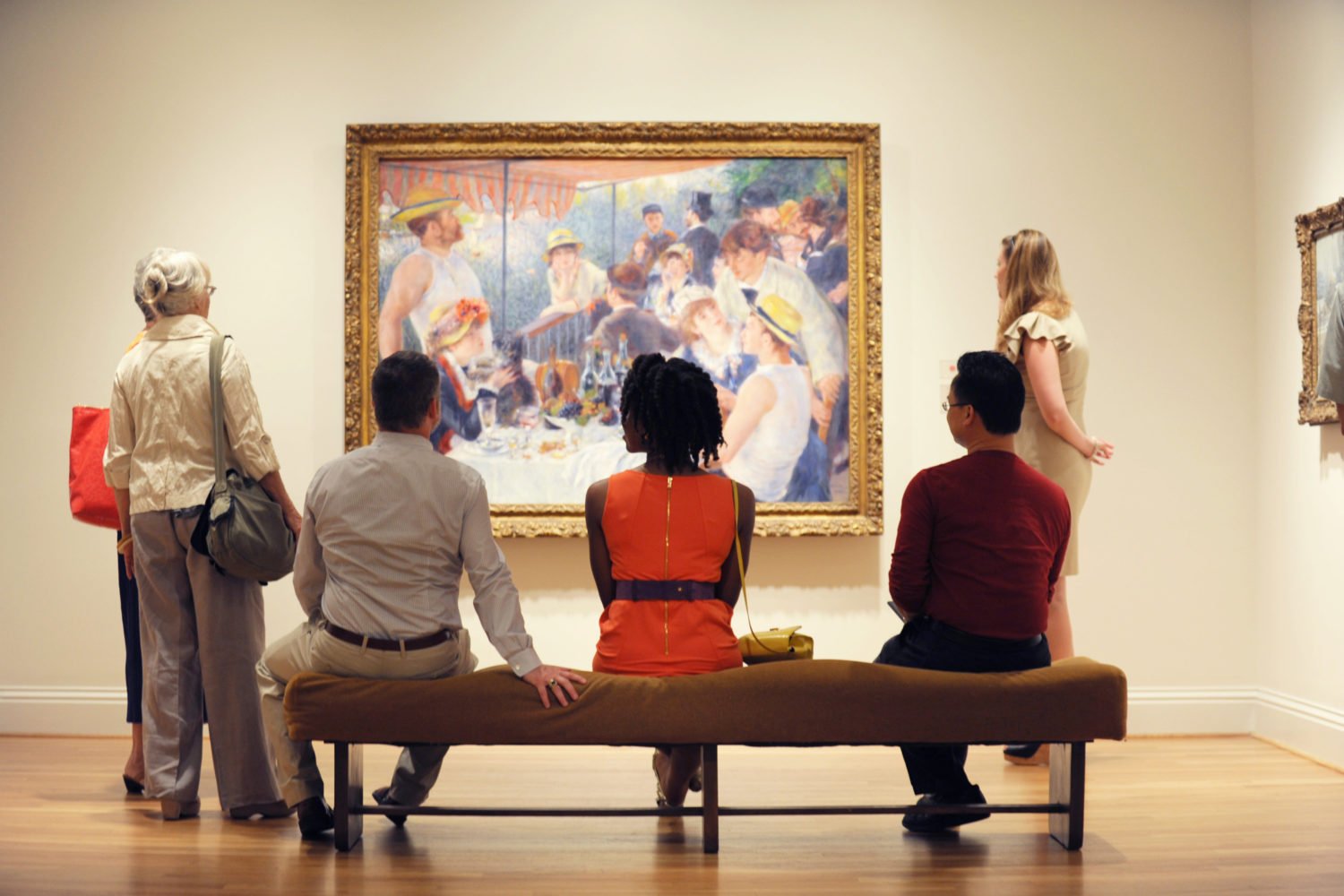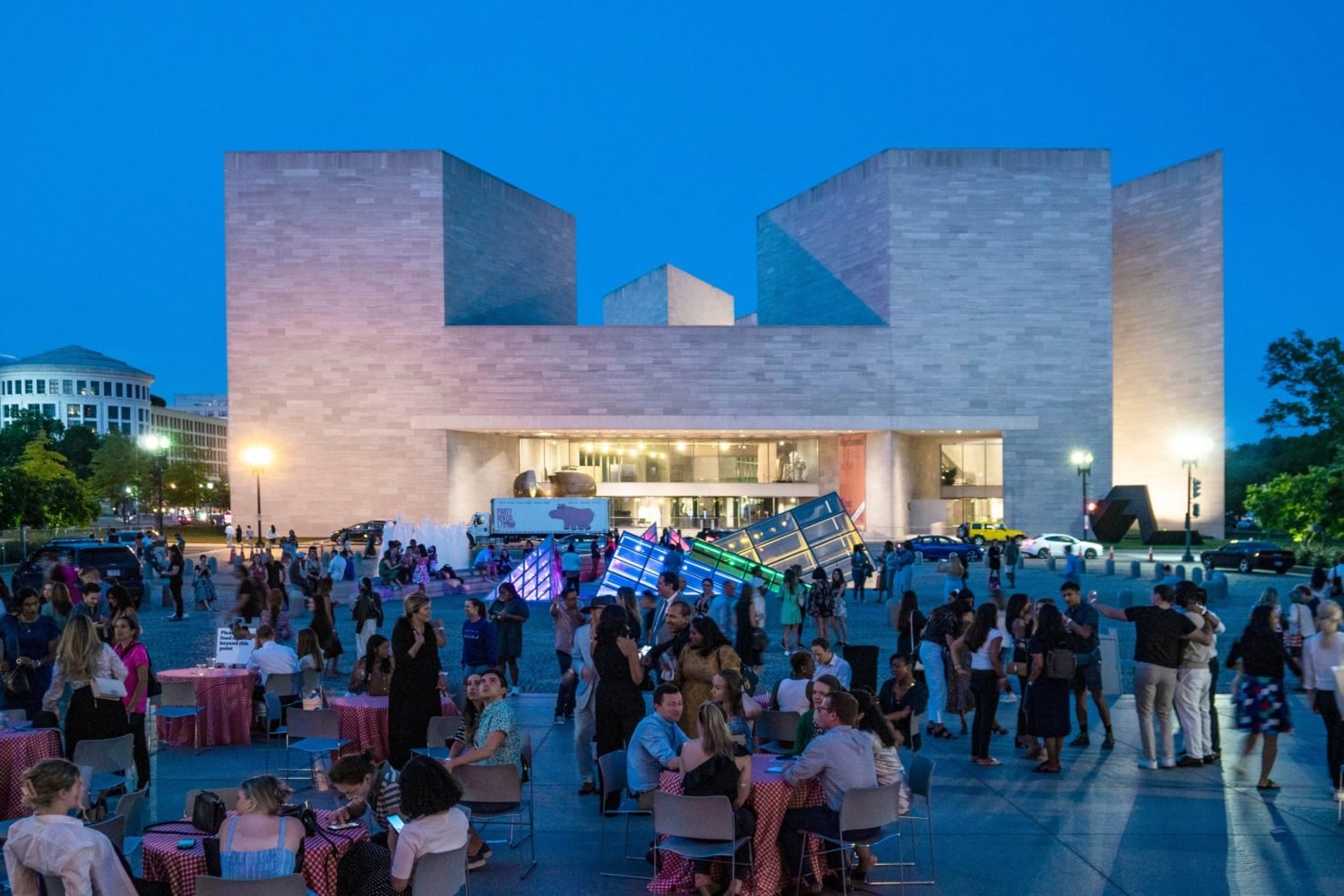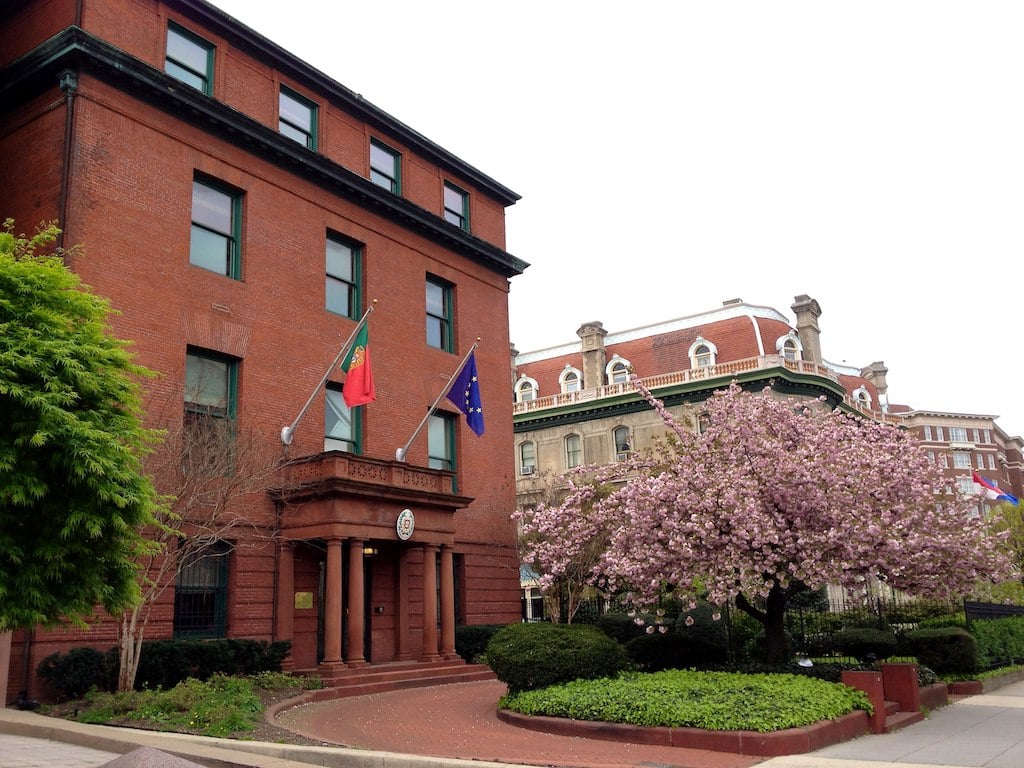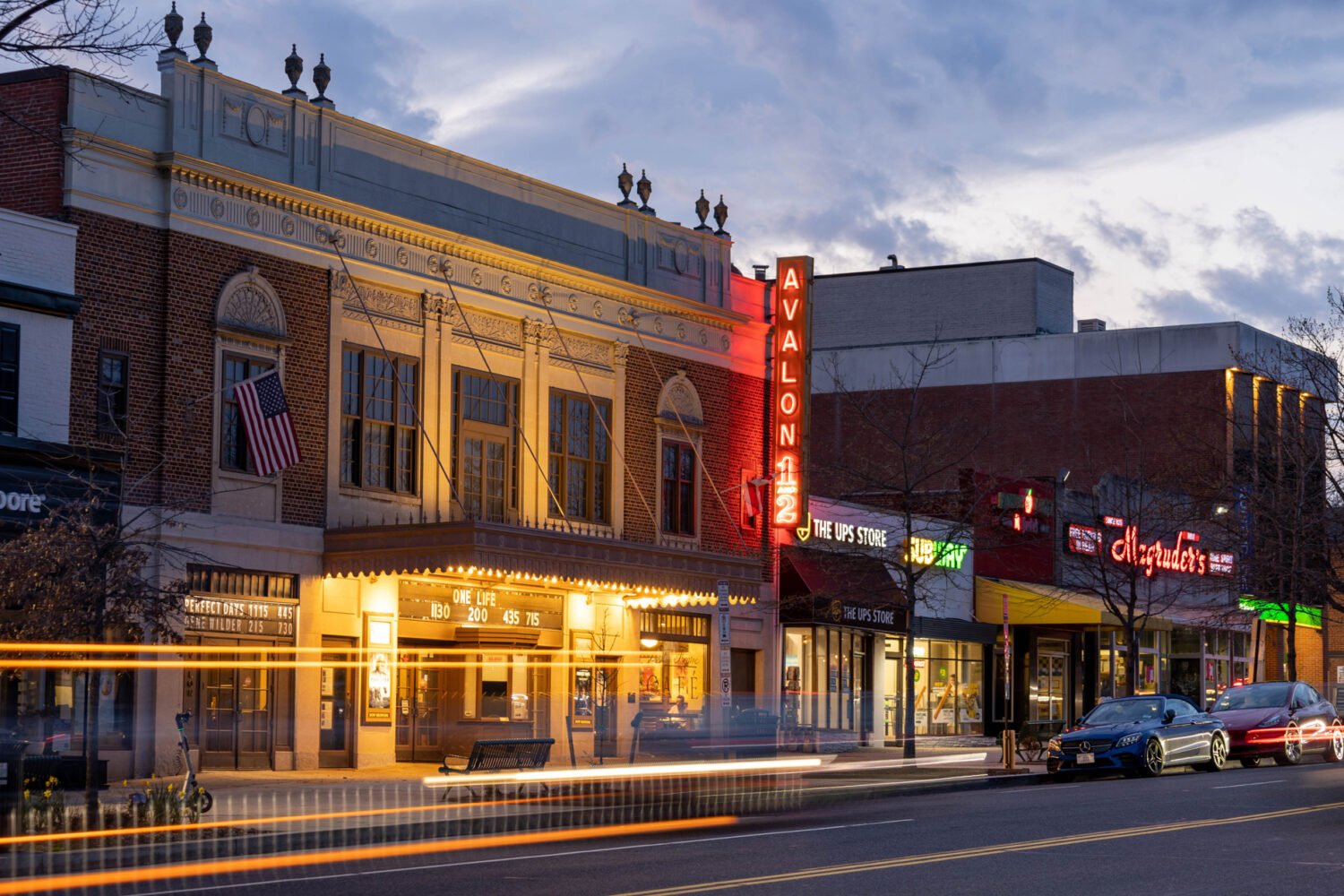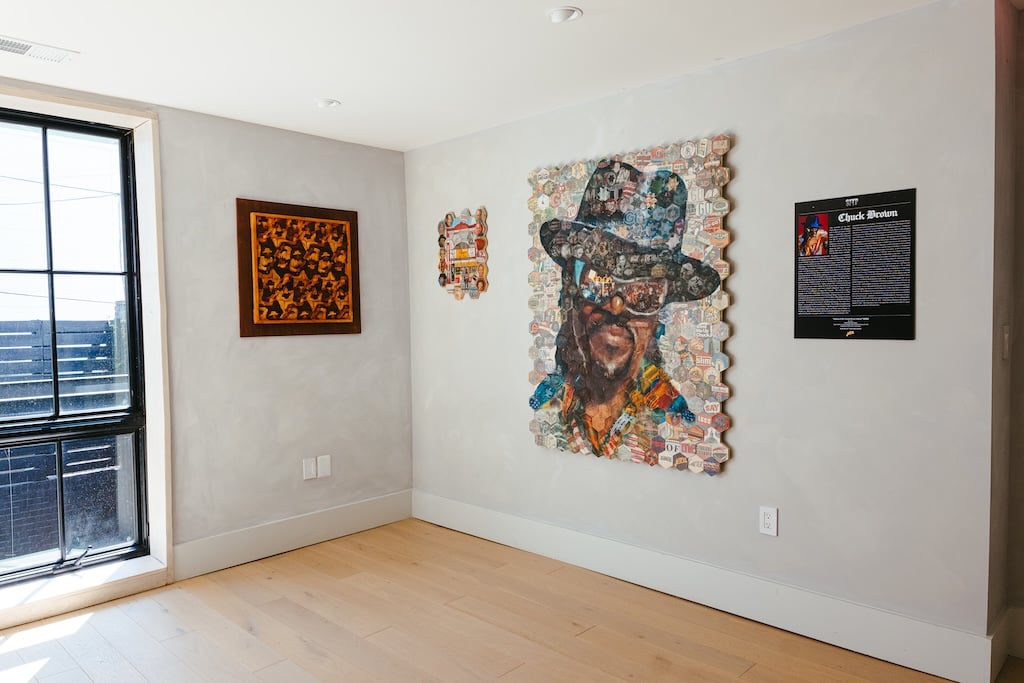
The extraordinary stage adaptation of Ralph Ellison’s seminal 1952 novel Invisible Man never wholly shakes off its literary roots in the three hours it inhabits the stage at Studio Theatre. Yet what a transporting three hours, all the same.
Acted by a sterling ten-person ensemble—nine of them veritable chameleons who disappear into multiple roles—and directed with fiery urgency and a striking visual sense by Christopher McElroen in a co-production with Boston’s Huntington Theatre Company, the piece gives theatrical shape to Ellison’s 581-page text about a young African-American man who struggles against the odds in Depression-era America. In his adaptation, Oren Jacoby uses much dialogue from the book and traces a clear arc through events in the life of the protagonist, the Invisible Man of the title.
Though always nameless, he is our passionate, tormented, stubbornly idealistic narrator, buffeted by the casual betrayals of racism baked into so much of America in those years. Weaving in excerpts of the character’s many interior monologues from the novel, Jacoby has him explain, analyze, and move along the action. Literary though it is, the concept rarely feels dry, because what happens to the Invisible Man, standing in for Black America as a whole, is so stunning, horrific and even occasionally thrilling.
Teagle F. Bougere, who acted here in the 1990s as a member of Arena Stage’s company, inhabits the title role with a striking blend of subtlety, fire, anguish, and irony. He has a deceptively Everyman demeanor, but with much power behind it. This very ordinariness makes Bougere’s portrayal ring with truth and his explosions of righteous anger and desperation all the more affecting. His Invisible Man is an intellectual who nevertheless allows himself to be gulled and bullied by those with power over him.
As the lights come up on the first of three acts, Bougere is center stage, in the Invisible Man’s secret, “rent-free” squat in the basement of a whites-only building located along the “border area” of Harlem. Hundreds of light bulbs hang from his ceiling, lit with power he proudly poaches from the electric company. “I am an invisible man,” he tells us, but not a “spook like those who haunted Edgar Allan Poe,” or “one of your Hollywood-movie ectoplasms.” He is, rather, “a man of substance, of flesh and bone, fiber and liquids” who is invisible “because people refuse to see me.” He tells of a street encounter with a racist white man that very nearly turns this Southern, college-educated black man into a murderer; of his love of music; of how a Louis Armstrong tune brought him to view his life in a new and enlightened context.
Then he takes us back through the decades that brought him to such a pass: of the president of the historically black college in the segregated South who expelled the young Invisible Man and then viciously betrayed him as punishment for trying to speak truth to a white trustee of the school; of his near-death experience in a paint factory; of his extemporaneous street oratory in defense of a Harlem couple facing eviction; of his recruitment by members of a mysterious political organization much akin to the old Communist Party, who want the Invisible Man for his speaking skills, but only in support of their ideas, not his; of his ultimate rejection of both their philosophy and that of a fiery black nationalist character, Ras (McKinley Belcher III), who seems to dog the Invisible Man’s tracks. It is quite a journey we take with him.
Troy Hourie’s handsome, uncluttered set achieves marvelous quick changes, well served by projections (designed by Alex Koch of Imaginary Media) of 1930s scenes of African-American life, whether in the rural South or bustling Harlem. The projections frame the action but don’t intrude upon it. Kathleen Geldard’s costumes, subtly indicative of social class as well as period, grace the play with a palpable sense of lived-in history. Mary Louise Geiger’s lighting design, delicate most of the time, occasionally brings on explosions of brightness; similarly, the sound design of David Remedios veers from early jazz to rumblings of roiling masses clashing with the Establishment.
The cast doesn’t have a weak link, some assaying wildly different personas in the course of a few minutes. They are, in addition to Bougere and Belcher, Brian D. Coats, Johnny Lee Davenport, De’Lon Grant, Edward James Hyland, Joy Jones, Jeremiah Kissel, Deidra LaWan Starnes, and Julia Watt. They all deserve applause.
Invisble Man is at Studio Theatre through October 14. Running time is three hours, including two intermissions. Tickets ($35 to $72) are available via Studio Theatre’s website.

